
View all detail and faqs for the FCSS_NST_SE-7.4 exam
Exhibit.

Refer to the exhibit, which shows the output of diagnose automation test.
What can you observe from the output? (Choose two.)
Refer to the exhibit, which shows the output o! the BGP database.
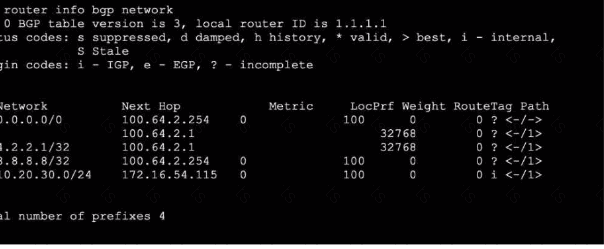
Which two statements are correct? (Choose two.)
Exhibit.

Refer to the exhibit, which shows two entries that were generated in the FSSO collector agent logs.
What three conclusions can you draw from these log entries? {Choose three.)
Which statement about protocol options is true?
Refer to the exhibit.
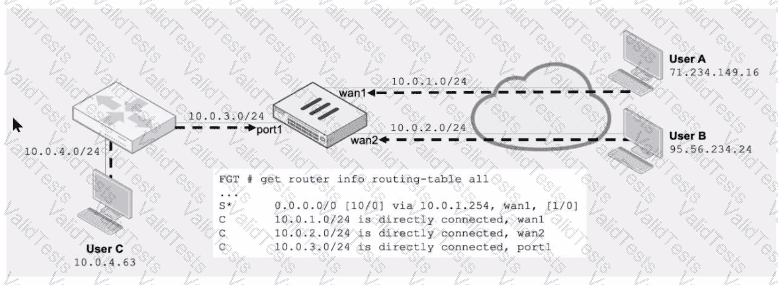
Assuming a default configuration, which three statements are true? (Choose three.)
Refer to the exhibit, which shows a session entry.
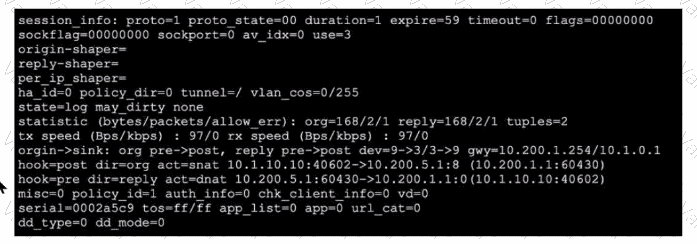
Which statement about this session is true?
Which statement about parallel path processing is correct (PPP)?
Refer to the exhibit, which shows the partial output of FortiOS kernel slabs.

Which statement is true?
Exhibit 1.
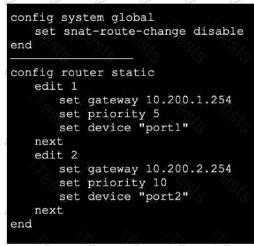
Exhibit 2.
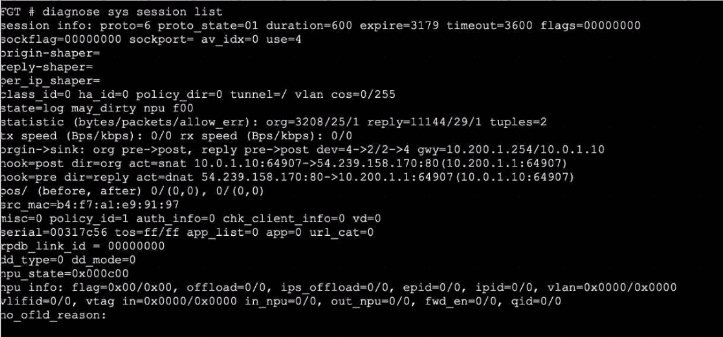
Refer to the exhibits, which show the configuration on FortiGate and partial internet session information from a user on the internal network.
An administrator would like to lest session failover between the two service provider connections.
Which two changes must the administrator make to force this existing session to immediately start using the other interface? (Choose two.)
Refer to the exhibit.
The exhibit shows the output from using the command diagnose debug application samld -1 to diagnose a SAML connection.
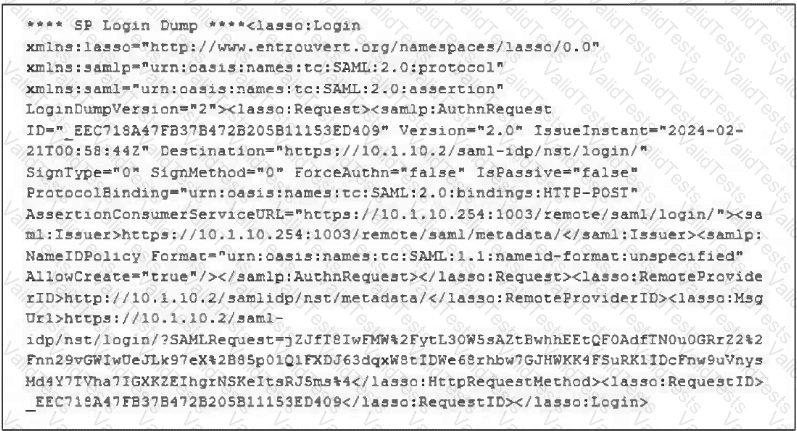
Based on this output, what can you conclude?